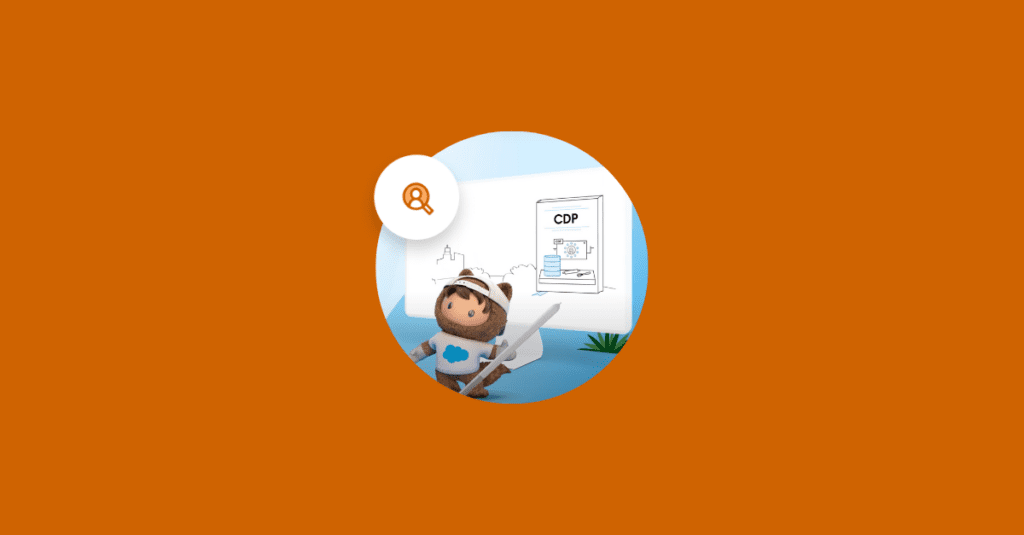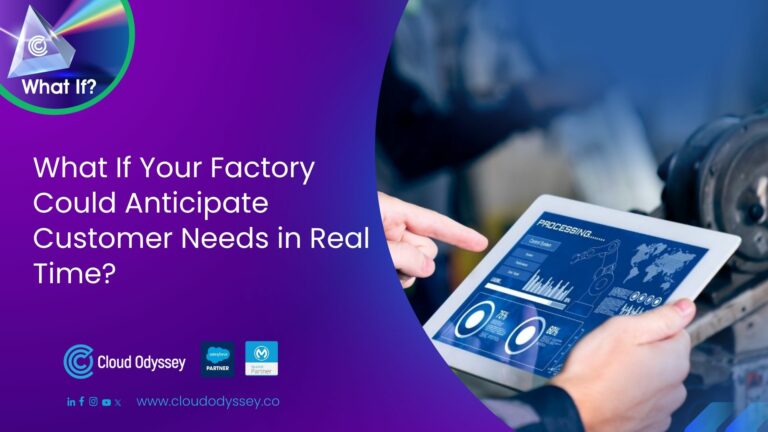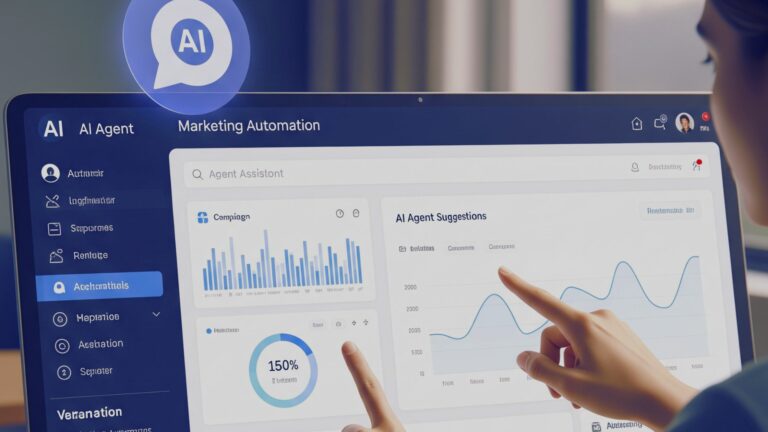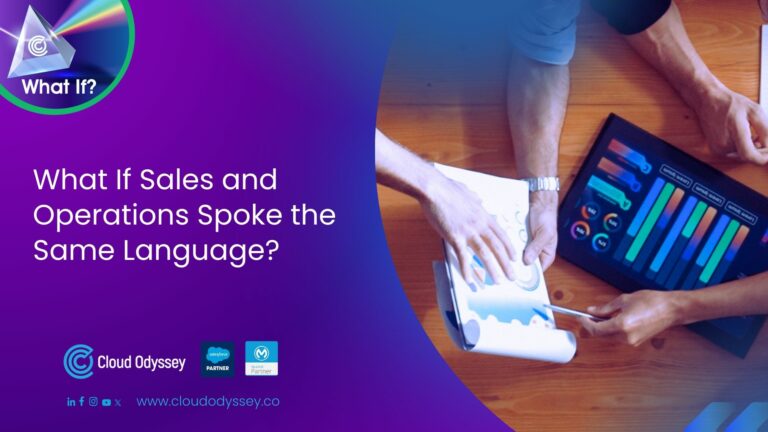Irrespective of how good your products or services are, your customers will always be the heroes when marketing your offerings. If you fail to reach out to the right people at the right time, you will not be able to generate the traction you have been looking for.
Catering to the needs of new-age marketers, Salesforce launched its MVP not too long ago. This MVP is called a Customer Data Platform (CDP). An integral part of the marketing cloud, Salesforce CDP helps you create personalised buying journeys for all your prospects and customers across multiple platforms.
This blog will discuss what makes Salesforce CDP the MVP of the marketing cloud. Here is a glimpse of the topics covered in the blog:
What is Salesforce Customer Data Platform?
Salesforce Customer Data Platform (CDP) is a relatively new addition to the tools offered by the Marketing Cloud. It is a holistic database designed to assist marketing professionals in tailoring their services to the needs and preferences of their customers.
Salesforce CDP includes marketing automation, a customer database, multichannel campaign management, and real-time interaction management. An ideal blend of these elements guides your marketing team every step of the way as it encourages your customers and prospects to engage with your business.
Salesforce CDP provides you with a single and complete source of truth to ensure that every member of your team is on the same page and working on the same records. With Salesforce CDP, you can automate your marketing processes and tailor them at every stage of your customers’ buying journeys.
How does Salesforce customer data platform work?
The essence of Salesforce CDP lies in gathering customer records from multiple sources into a single, unified interface. A centralised platform allows your team to have all relevant customer records at its disposal for carrying out its processes in the best way possible.
The Marketing Cloud MVP helps you capture first-party customer data such as demographics, transactional history, shopping behaviours (from online and offline sources), and more. This allows you to build a robust customer profile for each of the customers catered to by your organisation.
It all starts when Salesforce CDP pulls relevant data from multiple sources. It then identifies where it is coming from and how it needs to be combined to become actionable. Then, the customer data platform scrubs and converts your data through a UI or code to uncover precise audiences you can reach out to.
Is the customer data platform different from customer relationship management?
Looking at the functionalities of CDP, it is common to confuse it with CRM. However, if you are a marketer willing to implement a CDP solution within your organisation, you need to understand the subtle differences between the two.
CRM (customer relationship management) platforms are used strictly to manage customer records and nurture customer relationships via sales, marketing, or customer service processes. On the other hand, a CDP solution extracts data from a CRM solution as its key source and uses it to leverage marketing processes. It allows marketers to have a 360-degree view of their customers and track the journey of every prospect and customer handled by them.
To simplify matters, focus on the fact that a CRM acts as a data repository for a CDM to extract and use data for enhanced marketing purposes. This is the reason Salesforce CDM is a component of the Marketing Cloud, which is a CRM platform.
Key benefits of implementing Salesforce CDP
Now that we have clearly understood what Salesforce CDP is and how it works, let us understand why you should implement it within your organisation:
Personalisation of services and communication
In the age of digitization, personalisation is the key to successful marketing. Customers across the world demand more customization now than they ever have. Personalisation makes your customers feel special and encourages them to stay associated with your business.
The tool’s seamless personalisation is one of the Salesforce Customer Data Platform’s biggest advantages. It takes note of all details regarding your customers and uses them to tailor the services offered by your team members.
Especially if you own an eCommerce venture, Salesforce CDP helps you personalise your services to enhance your customers’ shopping experience. Depending on the items added to their carts or wish lists, the searches made, and the products purchased, you can provide your customers and prospects with personalised recommendations and offers. This increases their chances of making a purchase through your platform, thereby increasing their conversion rate.
Suppression
The feature of suppression is really important for marketers, as this aspect of marketing is rarely addressed or practised by professionals. As the name suggests, suppression prevents you from reaching out to specific customers for specific reasons. It prevents you from showcasing your ads or sending promotional messages to an audience that doesn’t need to see them.
For example, if a customer has already purchased a product from your business, it doesn’t really make sense to show them the ad for the same product again. It is simply a waste of resources. Similarly, suppose a customer has recently had an unpleasant experience with your business. In that case, you may want to avoid sending the usual promotional messages to other prospects and customers.
Along with personalisation and suppression, Salesforce CDP provides valuable insights into your customer database and interactions with your customers. Depending on the leads captured, prospects converted, and engagement received, the Marketing Cloud MVP gives you actionable insights that help you make important marketing decisions.










